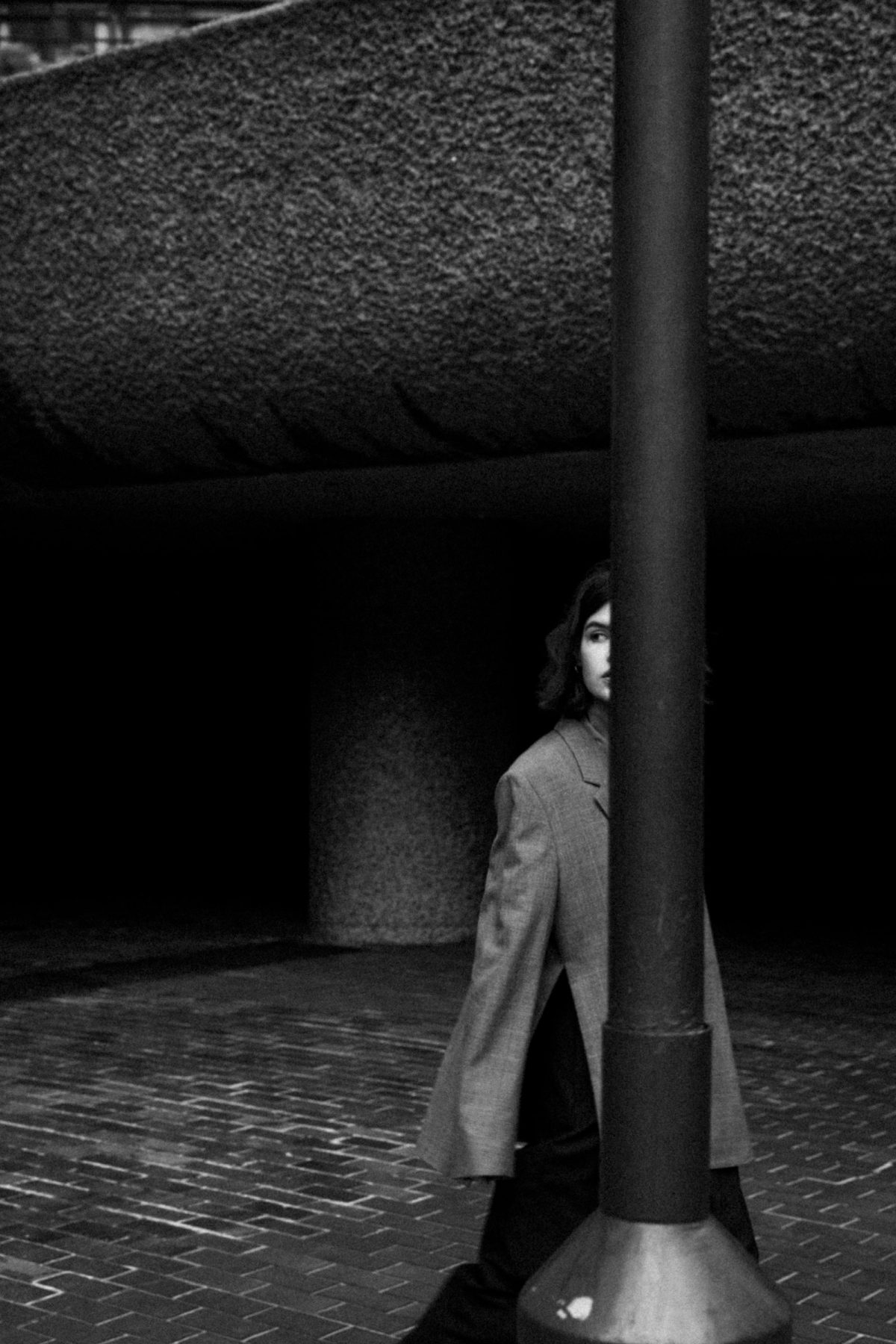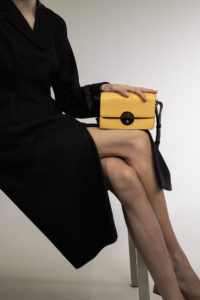I have always been very intentional about how I shed the old in preparation for the new year. This year I wanted to introduce a new tradition, inspired by my Korean friend, who told me that in her hometown it is common to hike into the sunrise on New Year’s day. So with no vehicle of our own,but a strong desire for some misty serenity, my husband and I left our home at 3AM on New Year’s day for our three hour journey. Armoured with wooly socks, our Ultra Warm Heattech™ Long Johns (yep, that’s what they’re called) and our warmest winter coats, we set out to brace the windy heights of our destination – the white rocks of the Seven Sisters cliffs on the southern coast of England.
It was at the half point mark of our journey, as we were cowering in the shivering cold waiting for the bus to start the final part of our journey, that we met them; a pair of young, maybe 18 years old (although they looked much younger), innocent, fine-boned girls – twins. Beautiful, yes but troubling; in the sub-zero temperatures of this bleak mid-winter morning, these young and fragile-looking girls were dressed in nothing but short (and I mean SHORT) strapless dresses and dainty sandal stilettos. No coat, no scarf, no Ultra Warm Heattech™ Long Johns. Nada. Apparently, those get in the way when you‘re trying to party it up.
While I couldn’t stop staring in disbelief, torn between motherly worry about their health and judgemental ponderings over their recklessness, I was suddenly struck by a realisation; as much as I lacked understanding for their selected outfits (or lack thereof), I imagine they too would have had their quarrels with how I was choosing to spend my NYE, had they known what I was in the process of doing – You are choosing hiking in the freezing cold over dancing in a sweaty club and then sleeping until the late afternoon, at your own free will?. In reality, some odd 10 or so years ago, I would have thought the very same thing.

Our 20’s are a period of constant transformation and evolution, perhaps comparable to the metamorphosis in insects; a process where an immature form (the larva) becomes an adult form in a series of stages. The most significant part of this transformation is the final step of the metamorphosis, which involves the shedding of the pupae. In humans, the shedding of this outer shell, represented by our clothes, happens more frequently and the process is never ending.

Our 20’s are a period of constant transformation and evolution, perhaps comparable to the metamorphosis in insects; a process where an immature form (the larva) becomes an adult form in a series of stages. The most significant part of this transformation is the final step of the metamorphosis, which involves the shedding of the pupae. In humans, the shedding of this outer shell, represented by our clothes, happens more frequently and the process is never ending. From a psychological perspective, clothes are part of what is termed the ‘extended self’ of a woman. Closest to her body, they act as a ‘second skin’, which is visible to others – a form of language, through which she communicates who she is with the world. But clothes also carry a mental function. They are used as tools in a woman’s transformation of identity, gradually helping her, with frequent use, to build her self-image on the symbolism represented by each item of clothing.
The psychological force at work behind this powerful transformation is called contagion – the belief that objects carry the essence of their owner and can contaminate another person through physical contact. Contagion is the reason why second hand underwear rarely sells, but there are also instances of positive contagion: hand-me-downs can be a much awaited treasure when they represent a person we are seeking to become. In ‘Women in Clothes’, a book documenting conversations among women about the way they dress, Alissa Nutting describes her experience of receiving the clothes her sister didn’t want anymore as a “nearly cannibalistic pleasure”, in which the two were becoming one and she knew she looked great because her sister looked great.


It is the same power of contagion that turns everyday clothes into tools we use to ease life’s transitions by helping us bridge the gap between who we are and who we are not. Sadie Stein, in ‘Women in clothes’, tells the stories of different dresses that, as if invested with magic, helped her transition from high school to university, supported her when starting her first office job, and encouraged her while transitioning from a broken heart into dating again. She recounts that when putting on the first dress, she “saw in the mirror the college woman [she] wanted to be. Not the nerdy, frowzy frump who’d been ignored by a high school crush”. She also speaks of losing the dress a few years later: “I was briefly bereft. But it was meant to be. The dress’s work was done”. The other two dresses experienced a similar fate. When our self grows in strength, the buffer provided by our clothing, which is part of our extended self, is no longer needed and is easily discarded.
I can very much relate to her story. Despite my efforts to cultivate sustainability in my wardrobe, the only piece that has survived the test of time is my first ever leather jacket. But to be honest, I can’t remember when I last wore it. I only keep it for the emotional connection to a former version of myself that it preserves. For the rest, I’ve had to rely on pictures to keep the memories alive. Scrolling through my facebook photos from 2009 after seeing everyone else’s #10yearchallenge on Instagram, I was stunned at how much my ten-years-ago-self had in common with my New Year’s morning encounters. While I was never one to ascribe to meagre clothing, I had my own methods of recklessness – too embarrassing to be disclosed here.
Simone De Beauvoir once said: “One is not born, but rather becomes, a woman.” I would argue that we become not one, but many women – redefining what it means to be us at every turn of our life’s pages. We extend ourselves from that which is ‘me’ to that which we consider ‘mine’, whatever that may be at any given time. According to psychologist Russell W. Belk, possessions function as “creation, enhancement, and preservation of a sense of identity”, helping us “at all ages to know who [we are]”. It is in this context that I often wonder about the possibility of a shared economy model in fashion. What would become of us when we can no longer tap into the emotional significance of our clothes to create our future selves or delineate ourselves from our past selves? Would we build meaning on other things such as branding or would we lose our sense of self all together? Perhaps, we would cultivate a new sense of self according to social psychologist Erich Fromm’s philosophy: a sense of being rather than having.
We shall see. ![]()
photography SHINI PARK
words JUDITH ACHUMBA-WOLLENSTEIN
art direction CAMILO GONZALEZ
styling SIMON SCHMIDT
production CUBE COLLECTIVE
project management ANNA HOLMFELD
model SARAH HALPIN
assist
YIANNA HADJIPANAYIOTOU
assist ANASTASJA JE
in friendship with
HAJINSKY
JUDITH ACHUMBA-WOLLENSTEIN is the editorial director of Hajinsky, a fashion psychology magazine and research consultancy. Before studying on the MA Psychology For Fashion Professionals at London College of Fashion, Judith worked in the creative industries as an editor and brand communication consultant. Her desire to help fashion brands tell better stories has fuelled her research into the influence of branding on the mind through the embodiment of the clothes we wear. She specialises in Cognitive Psychology and believes that today’s fashion brands powerfully shape culture.



Comments